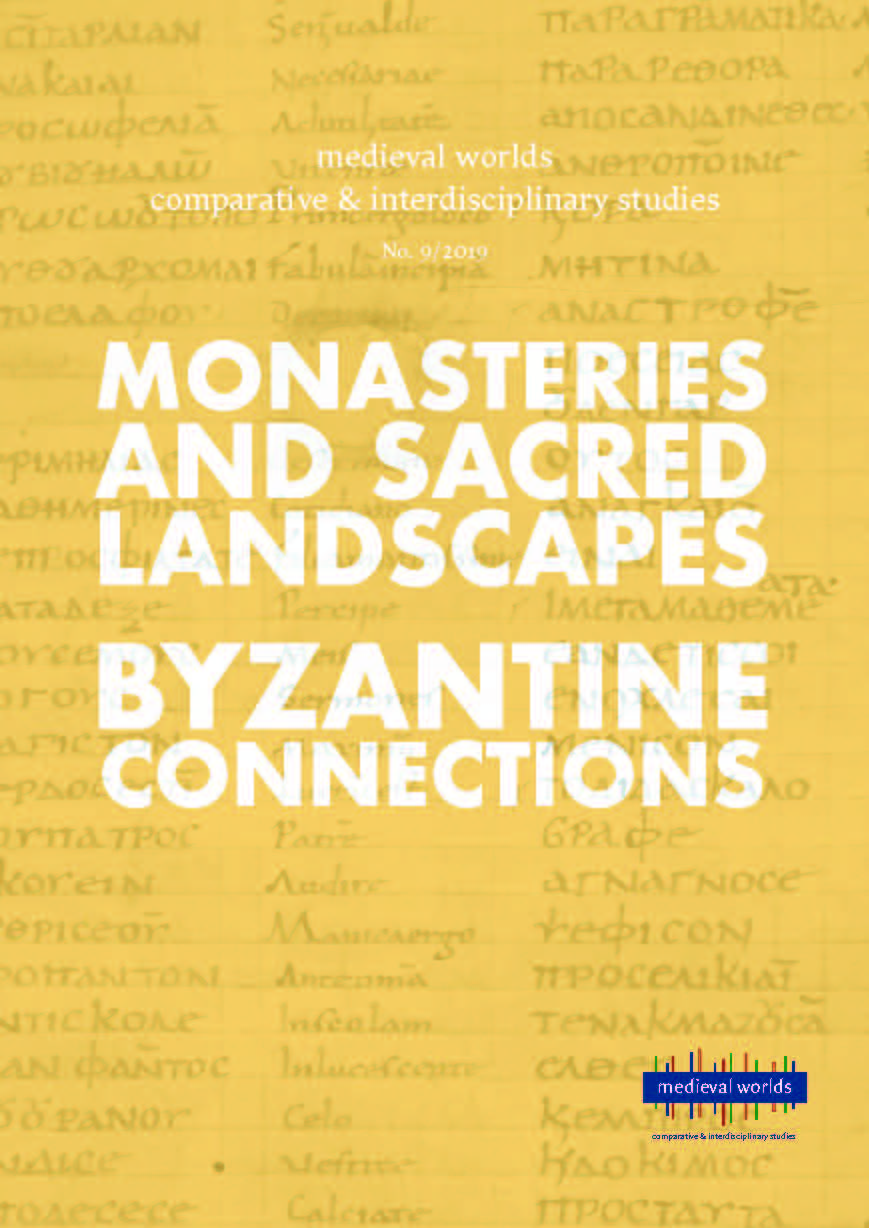
medieval worlds • no. 9 • 2019, pp. 4-62, 2019/06/28
Monasteries and Sacred Landscapes & Byzantine Connections

This paper serves as the first focused study since 1918 exploring the sub-structural remains of Theravāda Buddhist monasteries, known to scholarship as »Buddhist terraces«, at the Cambodian Khmer capital of Angkor Thom. Thought to have been constructed between the late 13th-16th centuries, prayer halls (vihara or praḥ vihar) and other Theravāda buildings are seen by traditional scholarship to be the products of an officially undocumented but visible religious transition from the Khmer Brahmano-Buddhist royal cult, manifested through the construction of universal temple-mountains and esoteric religious practices, to a more socially-inclusive monastic tradition which abandoned epigraphy, the deification of kings, and large-scale religious building. Data acquired from two seasons of site investigations within Angkor Thom has revealed an expansive collection of over seventy »Buddhist terraces« demarcated by sīmā boundary stones, suggesting not only a notable Theravāda building campaign within this cosmologically designed Mahāyāna Buddhist urban space but also the conversion and incorporation of Brahmano-Buddhist monuments as landmarks of the new religion. The interaction of Buddhist monastic architecture with non-religious urban infrastructure, too, most notably the road-grid of Angkor Thom previously mapped through LiDAR and GIS, has revealed intriguing patterns of construction that appear to match a configuration with the southerly temple of Angkor Wat, heavily restored as a royally patronized Theravāda sanctuary in the mid-16th century. Understanding the significance of this shift is necessary to understanding the re-appropriation of the vast urban ritual landscape of Angkor, and in turn serves as a valid study for further understanding the significance and retransformation of ritual space transcending specifically-delineated historical epochs.
Keywords: Angkor, Cambodia, Buddhism, Theravada, monasteries, ritual, 16th century, archaeology, survey, mapping